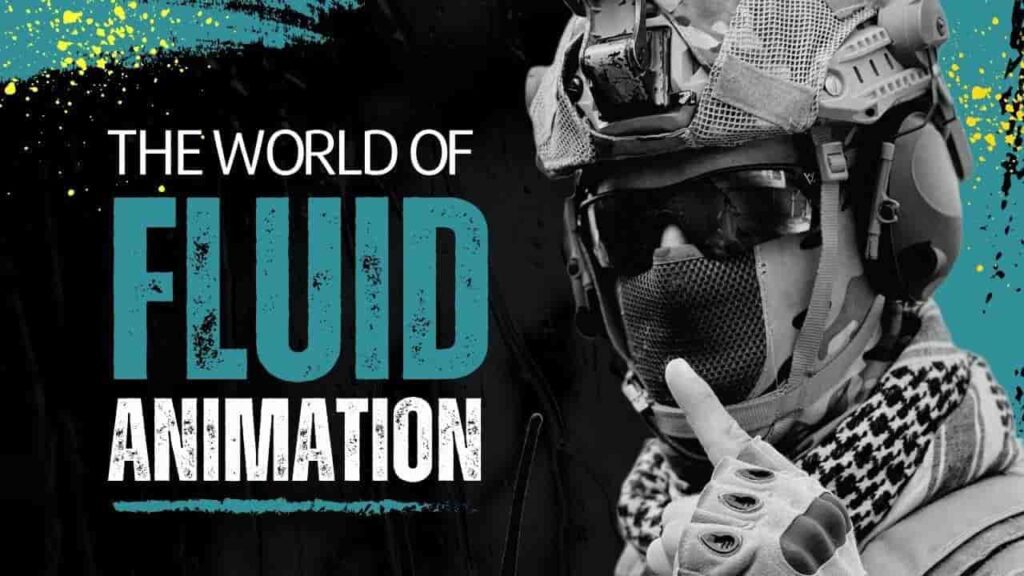Introduction:
When you think about animated movies or video games, what captivates you the most? For many, it’s the seamless flow of movement, the way characters glide through water or flames dance with life-like realism. This magic doesn’t happen by chance; it’s the result of years of research and innovation in the field of fluid animation. So, let’s take a closer look at this fascinating world, exploring the breakthroughs, challenges, and future possibilities that shape fluid animation research.
The Science Behind the Magic
At its core, fluid animation is all about mimicking the behavior of liquids and gases in virtual environments. Picture a glass of water being poured or a gust of wind blowing through the trees. Capturing these natural phenomena requires a deep understanding of fluid dynamics, a branch of physics that delves into the movement and interaction of fluids. Researchers use mathematical models inspired by fluid dynamics principles to simulate everything from flowing rivers to billowing smoke in the digital realm.
The Quest For Realism
Creating believable fluid animations is no easy feat. It requires striking a delicate balance between accuracy and efficiency. Simulation techniques like the Navier-Stokes equations or smoothed particle hydrodynamics (SPH) help researchers recreate the intricate motions of fluids on screen. But achieving true realism means going beyond the basics. It means capturing the subtle nuances of fluid behavior—the way water ripples, splashes, and swirls—as authentically as possible.
Overcoming Challenges:
Of course, the path to realistic fluid animations is paved with challenges. One major hurdle is computational complexity. Simulating fluid dynamics in real-time demands significant computing power, making it a resource-intensive task. Researchers are constantly innovating to optimize algorithms and improve performance, ensuring that fluid animations run smoothly without sacrificing visual fidelity.
Another challenge lies in pushing the boundaries of realism. While today’s fluid simulations are impressive, there’s always room for improvement. Researchers are constantly exploring new techniques, such as machine learning, to enhance the accuracy and efficiency of fluid animations. By training neural networks on vast amounts of real-world data, they can teach computers to predict fluid behavior with unprecedented precision, bringing us one step closer to truly lifelike simulations.
Exploring New Frontiers
Beyond entertainment, fluid animation research holds promise for a wide range of applications. In fields like engineering and medicine, accurate fluid simulations are invaluable for modeling complex systems and solving real-world problems. Whether it’s simulating airflow in buildings or studying blood flow in the human body, fluid animations offer insights that can inform better designs, treatments, and decision-making.
Looking Ahead
As we peer into the future of fluid animation research, one thing is clear: the journey is far from over. With advancements in technology and interdisciplinary collaboration, we can expect to see even more breathtaking fluid simulations in the years to come. From interactive virtual environments to groundbreaking scientific discoveries, the possibilities are endless.

